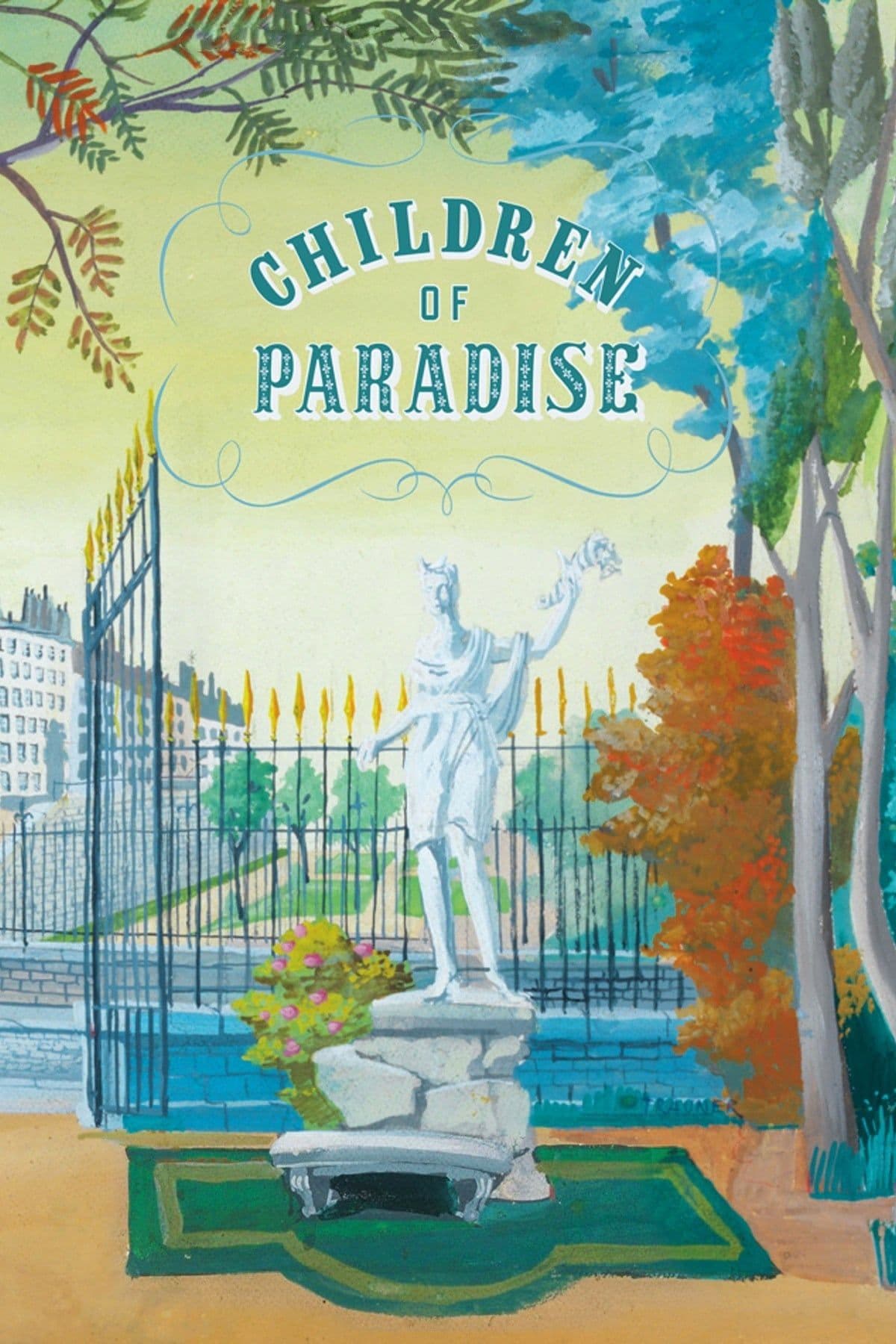
Children of Paradise
1945
Rate this movie
Average: 0.00 / 5
(0 votes)
Director
The original title of the film is "Les Enfants du Paradis", referring to all those young people who went to the theater and watched performances from the gallery, a true social caste formed within Parisian theaters. This designation is not a mere folkloric detail; it embodies the true spiritual essence of the work, suggesting from the outset that true paradise, for these "children" of the streets and the popular audience, does not reside in celestial spheres, but in the ephemeral and purest enchantment of stage performance. They are the ideal audience, the pulsating soul that gives life to art, and in a sense, the film is a tribute not only to the artists on stage, but also to those who live and breathe that art with visceral passion, a bridge between fiction and deeply felt reality.
The work is directed by Marcel Carné and is an authentic masterpiece, a true milestone of the seventh art, not only for its immense narrative and visual ambition, but also as a testament to artistic resilience. Carné, with his unmistakable style rooted in French Poetic Realism, elevates the tale of an era and an environment into a universal parable about love, art, and destiny. His direction, orchestrated with such mastery as to make every frame a living painting, blends magnificently with Jacques Prévert's lyrical and sharp screenplay, whose dialogue, chiselled with wit and depth, resonates with the melancholy and irony typical of an era poised between rampant romanticism and nascent disillusionment.
Set in Paris in 1840, amidst the vibrant and seductive atmospheres of the Boulevard du Temple, the so-called "Boulevard du Crime" due to the profusion of melodramas and popular shows, the film narrates the deeds of the celebrated mime Baptiste Debureau and his extraordinary art. His character, portrayed with moving delicacy by Jean-Louis Barrault, embodies the purity of the artist, capable of expressing the inexpressible through gesture alone, a true poet of silence. The man falls madly in love with Garance, a charming but fickle lady, whose freedom of spirit and elusive nature make her an embodiment of unattainable love. Portrayed by Arletty with an enigmatic and sensual grace, Garance is not just the object of desire, but a catalyst that sets in motion a complex love quadrilateral, also involving the charismatic and ambitious actor Frédérick Lemaître (Pierre Brasseur), a figure brimming with vitality and verve, and the cynical and intellectual criminal Lacenaire (Marcel Herrand), a character who seems to have stepped out of the pages of a Baudelaire or Dostoevsky novel, bearing a seductive and nihilistic darkness. After a brief but intense affair, the two lovers will part ways only to meet again repeatedly, always at the theater, in a mirror game between life and stage performance that makes their tragic distance even more palpable.
A work with a dual charm: that of poetic realism, almost "neorealist" in its almost documentary-like attention to the Parisian underbelly and daily life, and at the same time intensely romantic, rawly fascinating glimpses serving as the stage for great loves also sung by Flaubert and Hugo. Its setting and its characters indeed evoke the Balzacian epic of the Comédie humaine, where every figure, from the sublime artist to the most sordid criminal, is a piece of a vast social and psychological fresco. The film transcends the mere sentimental plot to explore universal themes such as illusion and reality, the transience of happiness, the unstoppable force of destiny, and the eternal, poignant search for an impossible love or an unattainable ideal.
What makes this film even more extraordinary is its production context. It was filmed under almost impossible conditions during the Nazi occupation of Paris, a period when artistic freedom was stifled by draconian censorship and scarcity of resources. Carné, with the help of a dedicated and resilient team, including set designer Alexandre Trauner and composer Joseph Kosma, both Jewish and forced to work underground, managed to circumvent all restrictions the new regime imposed on artists. The production, lasting over three years (from 1943 to 1945), was an act of defiance and cultural resistance, a monument to human beauty and ingenuity erected against barbarism. Every majestic scene, every sumptuous costume, every crowd recreated with meticulous attention to detail, were achieved with makeshift means, circumventing prohibitions and dangers. The work, with a monumental runtime of over 3 hours, became a symbol of freedom and rebirth, so much so that its release, immediately after the Liberation of Paris in 1945, was welcomed as an anthem to a regained French identity, a triumph of spirit over oppression.
The characters, all magnificently drawn, are artists whose artistic performances reflect their backstage lives and simultaneously their onstage appearances. One witnesses a fascinating game of meta-theatre, where the roles played on stage merge and blend with the masks the actors themselves wear in their personal lives. Baptiste, the eternally unsatisfied lover, finds in his mime art the only outlet for a love that life denies him; Frédérick, the exuberant comedian, lives life as a continuous performance, blurring the lines between actor and man; Garance, the enigmatic muse, is herself a living tableau of freedom and elusiveness.
A work that was characterized as strongly symbolist, for its universal allegories and refined aesthetics, but which, in its author's intentions, was primarily meant to convey the miserable human condition into which every man falls when his heart is broken by an impossible love. It is a lament on the transience of happiness and the elusive nature of desire, a drama that, though steeped in deep melancholy, celebrates the poignant beauty of human passion and art's redemptive capacity to give form and meaning even to the most unbearable pain. "Lost Lovers" is, in the final analysis, an elegy to unrequited love and to art as the only true refuge, an immortal anthem to the grandeur and fragility of the human soul.
Country
Gallery
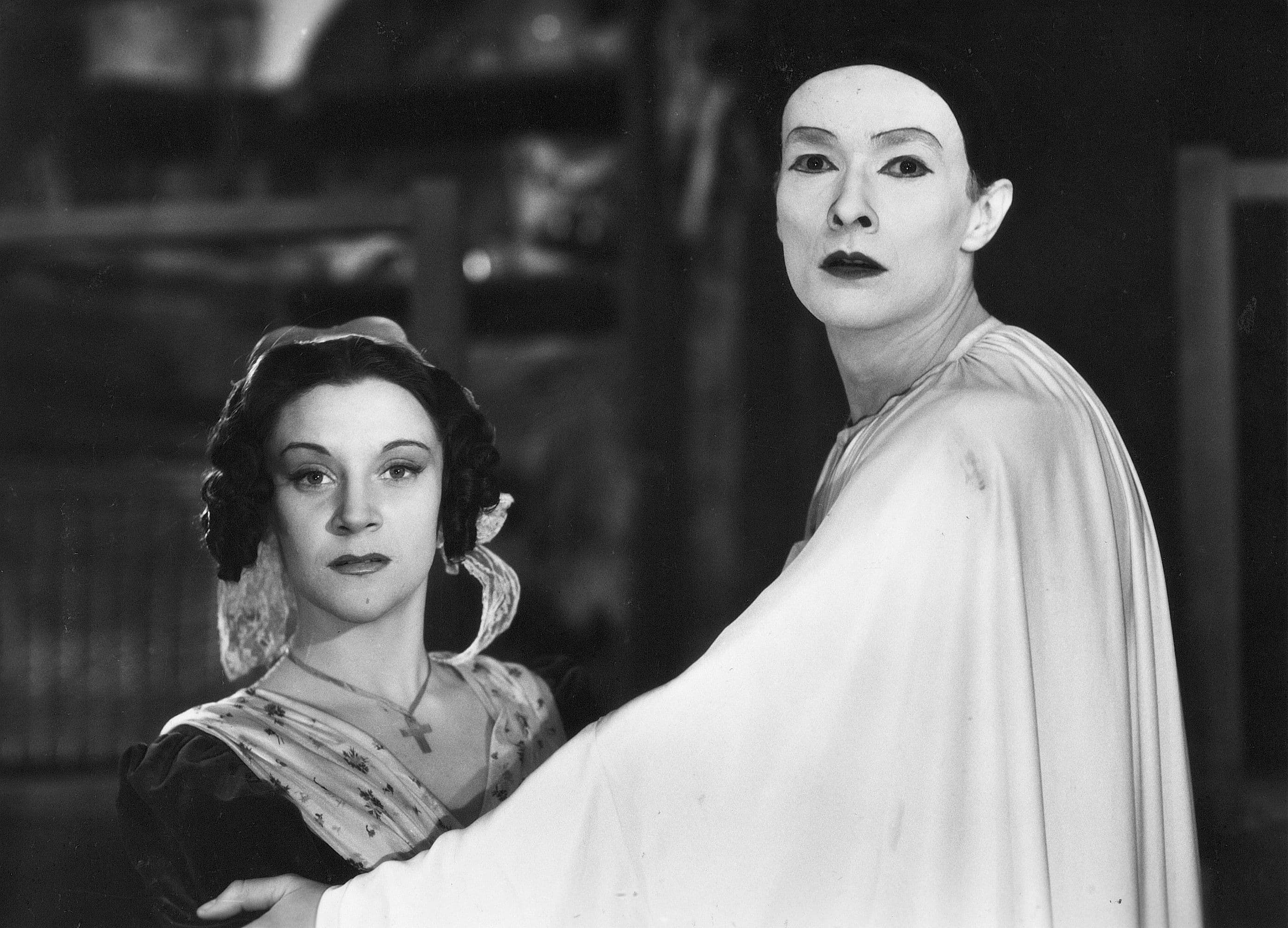
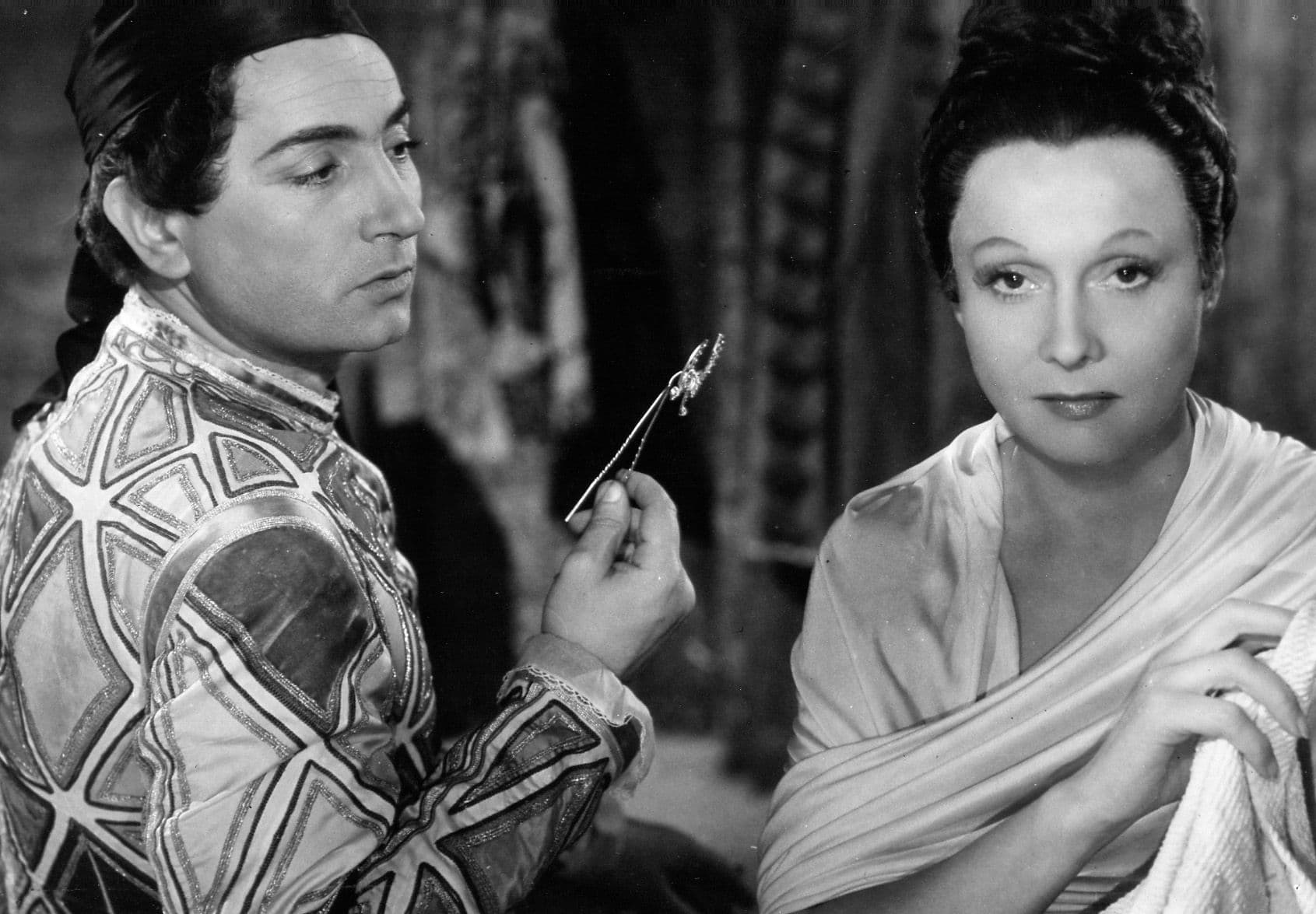
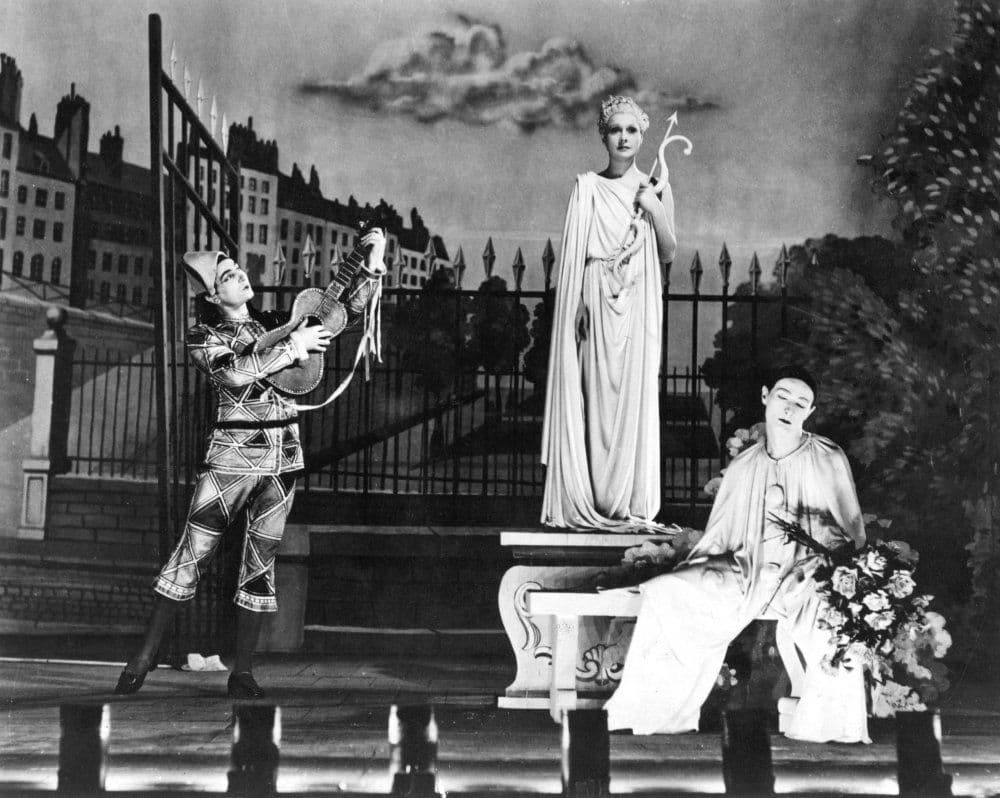
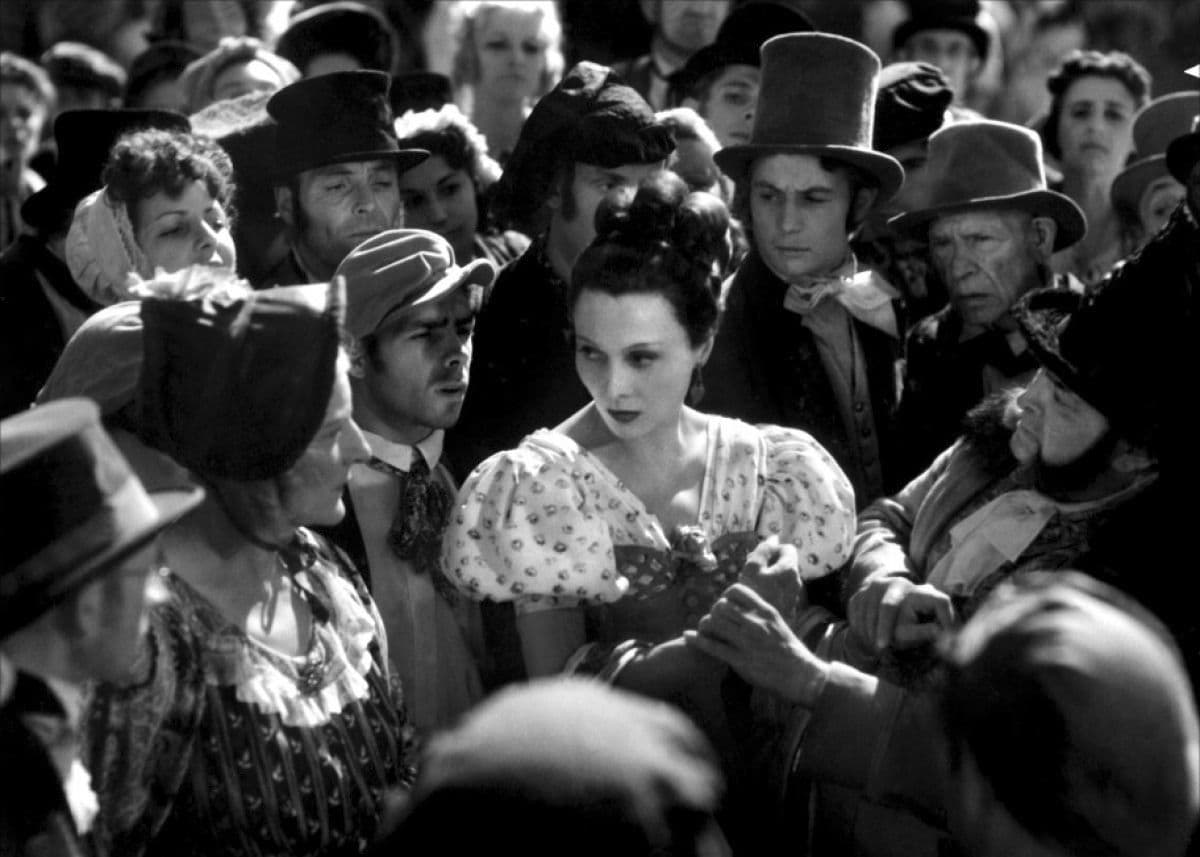

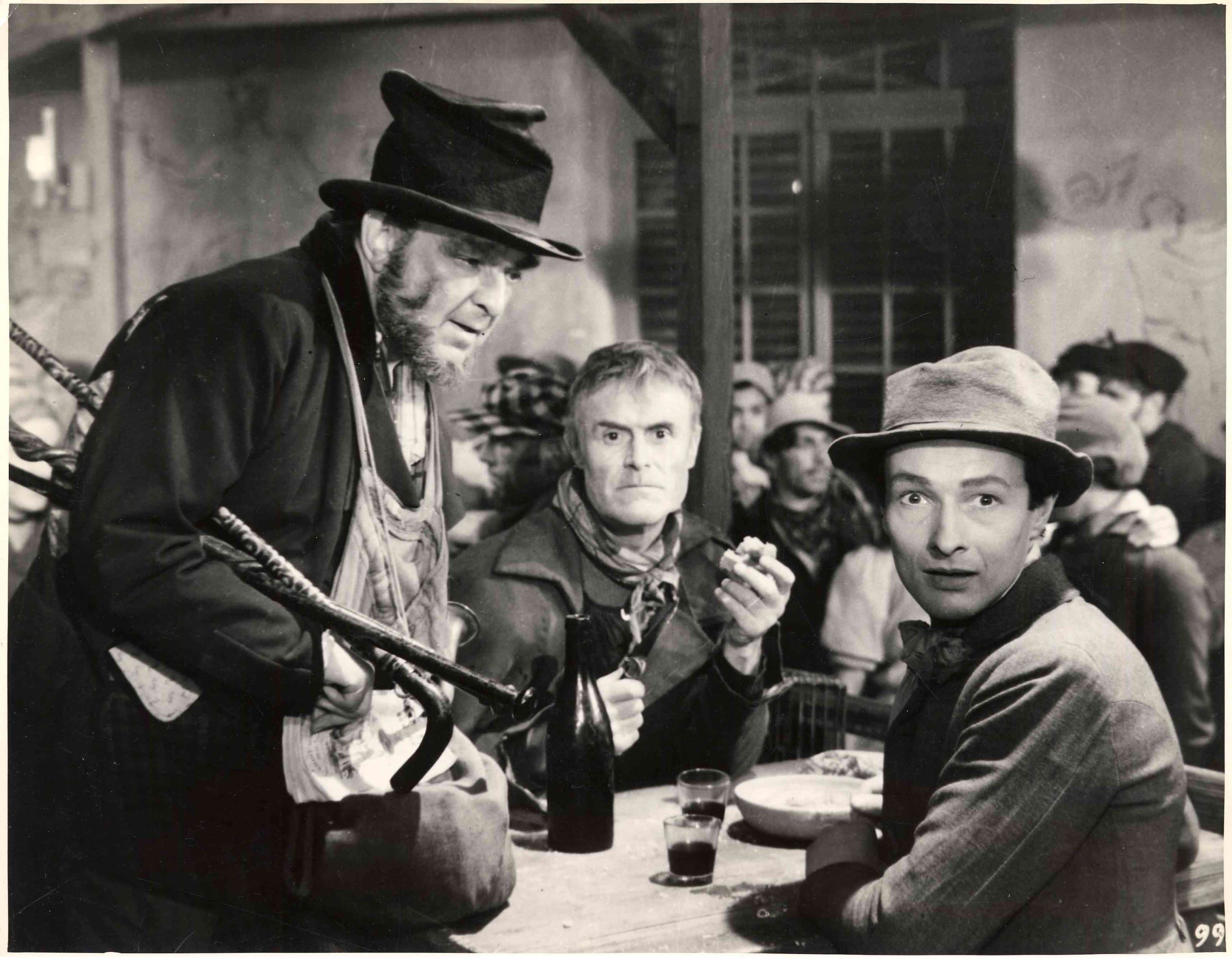
Featured Videos
Official Trailer
Comments
Loading comments...